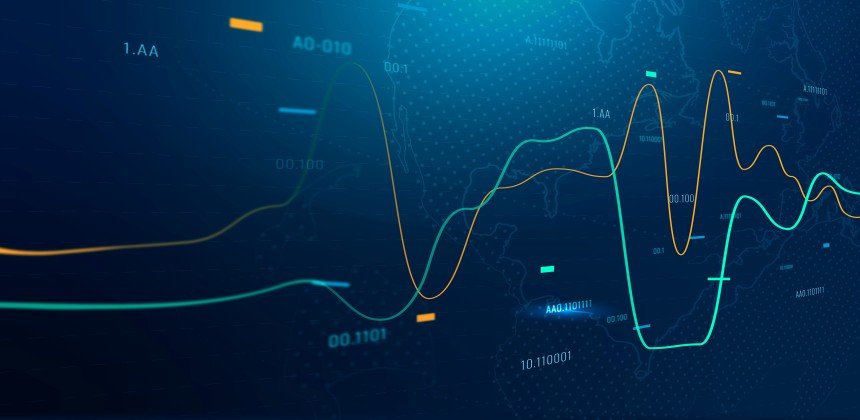
Technical analysis is a powerful tool used by traders to evaluate and predict future price movements based on historical market data, primarily price and volume. Unlike fundamental analysis, which focuses on the financial health of a company or asset, technical analysis is rooted in chart patterns and market psychology. It can be applied to all kinds of financial markets, including stocks, forex, cryptocurrencies, and commodities.
In this article, we will explore the basics of technical analysis, the key concepts, tools, and techniques, and how to use them effectively in your trading strategy.
Technical analysis is the study of past market data, primarily price movements and trading volume, to forecast future price trends. The core premise of technical analysis is that historical price movements tend to repeat themselves over time due to market psychology and investor behavior. Traders use technical analysis to identify trends, reversals, support and resistance levels, and other key indicators to make informed trading decisions.
Before diving into the tools and techniques, it’s important to understand the key principles behind technical analysis:
Price Discounts Everything: According to technical analysis, all available information (news, earnings reports, economic data) is already reflected in the price of an asset. Price movements are driven by investor sentiment, which is influenced by both fundamental and psychological factors.
Price Moves in Trends: Technical analysis assumes that prices move in trends, meaning that once a trend is established, it is more likely to continue than reverse. These trends can be upward (bullish), downward (bearish), or sideways (neutral).
History Repeats Itself: Technical analysis is based on the idea that past price movements and patterns tend to repeat themselves over time. Human psychology and market behavior are consistent, and patterns like support, resistance, and trendlines often reappear.
Now that you understand the basic principles, let's look at the key tools and techniques used in technical analysis:
Charts: Price charts are the foundation of technical analysis. They display historical price movements and are used to identify patterns and trends. The most common types of charts are:
Line Chart: A basic chart that connects the closing prices of an asset over a given period. It provides a simple visual representation of price movement.
Bar Chart: A more detailed chart showing the opening, closing, high, and low prices for each time period.
Candlestick Chart: Similar to bar charts but more visually appealing, candlestick charts show open, high, low, and close prices within a specific time period. Each "candlestick" consists of a body (representing the open-to-close price range) and wicks (representing the high and low price levels).
Trendlines and Channels: Trendlines are lines drawn on a chart to connect significant price points and help identify the direction of the market. A trendline can be drawn by connecting the lows in an uptrend or the highs in a downtrend.
Support: A price level at which an asset tends to find buying interest and reverses from a downtrend. Support levels are often used to identify potential entry points for long trades.
Resistance: A price level where selling interest is strong enough to prevent the price from rising further. Resistance levels are often used to identify potential entry points for short trades.
Channels: When price moves between parallel trendlines, it creates a channel. Channels can help traders identify potential breakout points or reversals.
Moving Averages: Moving averages are used to smooth out price data over a specific period to identify trends. There are different types of moving averages, such as:
Simple Moving Average (SMA): The average of an asset’s price over a specific number of periods. A 50-day or 200-day SMA is commonly used in trading.
Exponential Moving Average (EMA): Similar to SMA, but gives more weight to recent prices, making it more responsive to price changes. Shorter-period EMAs (like 9-day or 21-day) are often used in conjunction with longer-period EMAs to identify crossovers.
Moving averages help traders identify the direction of a trend and potential buy or sell signals when shorter-term moving averages cross above or below longer-term moving averages.
Indicators and Oscillators: Technical indicators and oscillators are mathematical calculations based on price and volume that help traders identify trends, momentum, and potential reversal points. Common indicators and oscillators include: